Guide you!
How does a tide clock work?
Learn how to properly set and calibrate your tide clock to ensure it functions accurately. This section will guide you step by step through the essential stages to maintain your clock’s precision, so you can track the tides with confidence. Understanding the setting process is key to getting the most out of your marine clock.
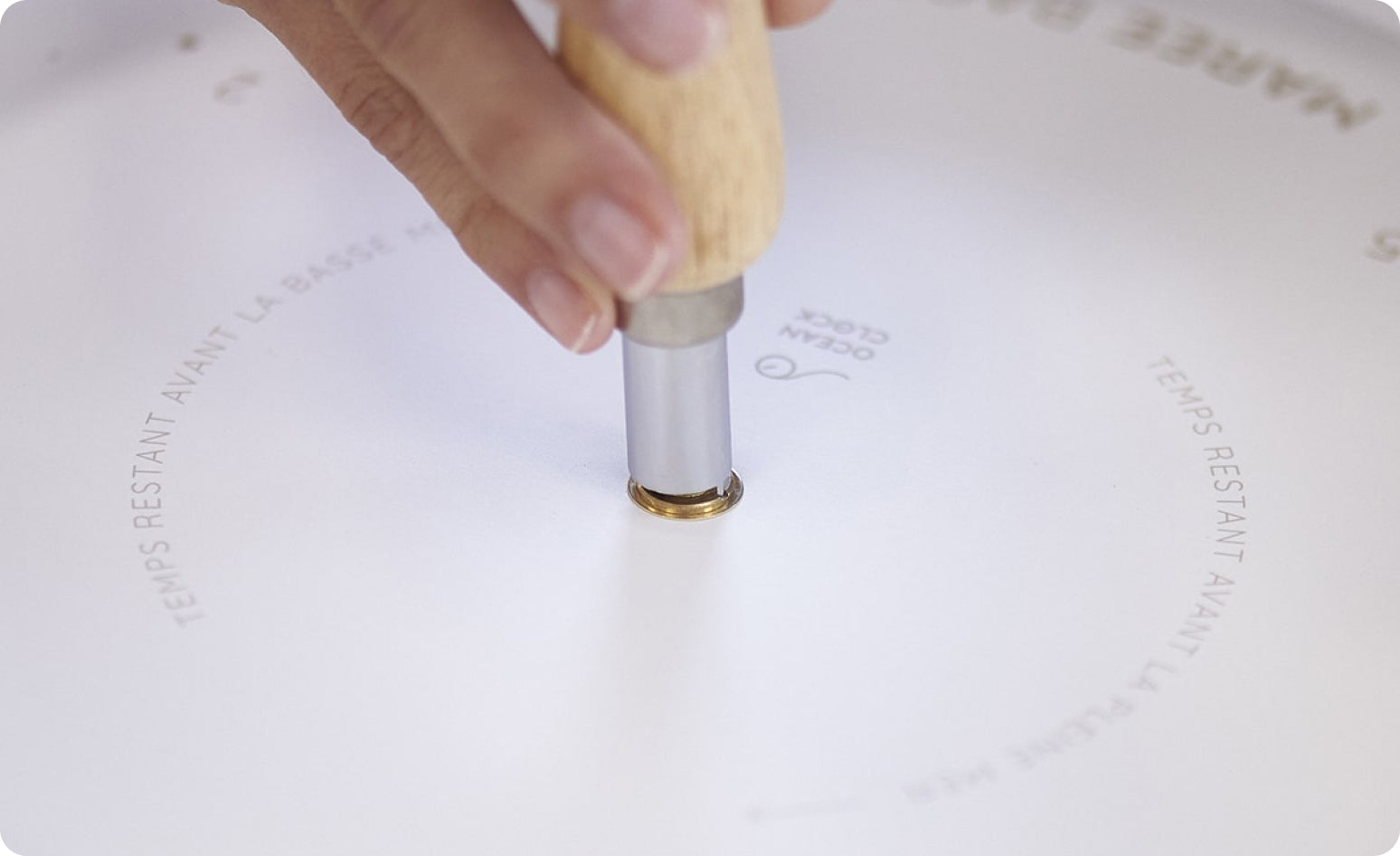
At Ocean Clock, we've always been driven by the idea of combining aesthetics and functionality. Since the beginning, we've been creating clocks that capture the magic of the oceans and the tides. We strive to offer products that are not only elegant but also reliable and durable instruments, perfectly suited for their purpose. Properly setting your tide clock is therefore a key step to ensure it accurately reflects the natural rhythm of the tides.
In this section, you'll find practical information on how to adjust your clock, where you can use it, and tips to get the most out of it. Follow our instructions, and the tides will no longer hold any secrets from you!
The Origins of the Tide Clock
The tide clock was developed in the 19th century by British inventors who were pioneers in maritime navigation. As maritime trade became increasingly important, sailors needed a reliable way to track the tidal cycles.
A major advancement in tide measurement came with Joseph Saxton’s tide gauge, invented in 1851. This automatic recording tide gauge continuously measured sea levels, marking the transition from manual instruments to automated systems.
It is likely that modern tide clocks, as we know them today, evolved from this type of device, serving both practical maritime purposes and scientific research.

The first tide clocks, designed in England, used a mechanism synchronized with the lunar phases to indicate high and low tides. This system, based on a 12-hour and 25-minute cycle, quickly spread throughout coastal regions.
In 2015, Ocean Clock modernized the tide clock by giving it a contemporary design while preserving its essential function. We transformed it into an object that is both practical and decorative!
The Usefulness of a Tide Clock
The tide clock is a practical tool for many coastal activities, helping people make the most of their outdoor experiences by following the rhythm of the sea.
For example, land sailing enthusiasts find low tide to be the perfect time to enjoy the wide, open beaches. A tide clock lets them know exactly when those beaches will be accessible, ensuring ideal conditions for the sport.
Families who love spending time by the water also benefit from using a tide clock. Children enjoy building sandcastles, and knowing the tide cycles helps prevent their creations from being washed away by the sea. At low tide, kids can explore the pools left along the shore, discovering marine life trapped in the tidal basins.

For paddleboarding or kayaking enthusiasts, a tide clock helps plan the times when the water will be high enough to paddle safely. In many places, conditions change significantly between high and low tide, so tracking the tidal cycles becomes an advantage to enjoy the day without surprises.
For surfers, the tide clock is a valuable tool. Waves are often better during rising or falling tides, and knowing the tide cycles helps choose the best time to catch a wave. Additionally, in some regions, tides determine the height and shape of the waves, making the tide clock a strategic tool to maximize fun on the water. (See James, co-founder, surfing at Biscarrosse.)
Fishermen, whether professional or amateur, also rely on tides to determine the best times to cast their lines. Many fish species are more active during certain tidal phases, especially during rising tides. A tide clock allows anglers to adjust their schedule according to the movement of the water.
In summary, whether you enjoy watersports or simply like relaxing by the sea, a tide clock lets you make the most of maritime conditions and plan your leisure activities according to the ocean’s fluctuations.

Beyond its practical use, the tide clock also serves as a cherished holiday keepsake, evoking summer, long days at the beach, and moments spent by the sea. With the personalization options we offer at Ocean Clock, you can have the names of your favorite vacation spots inscribed on the clock’s hands. Whether it’s a beloved beach, a coastal town, or a fishing harbor, every glance at the clock brings back those precious holiday memories.
It’s much more than just a decorative object: it’s a constant reminder of the tides, as well as of summer memories and special times shared with family and friends by the ocean.
How a Tide Clock Works
The Ocean Clock tide clock is a fascinating instrument that deserves special attention because it operates differently from traditional clocks. Unlike conventional clocks that measure time linearly and complete a full rotation every 24 hours, the mechanism in our tide clocks uses a specific quartz movement designed to indicate the tides.
This unique mechanism allows the clock’s hand to make one full rotation in 12 hours, 25 minutes, and 14 seconds. This seemingly unusual duration corresponds to the average time between two high tides or two low tides in regions where the tides are relatively regular.
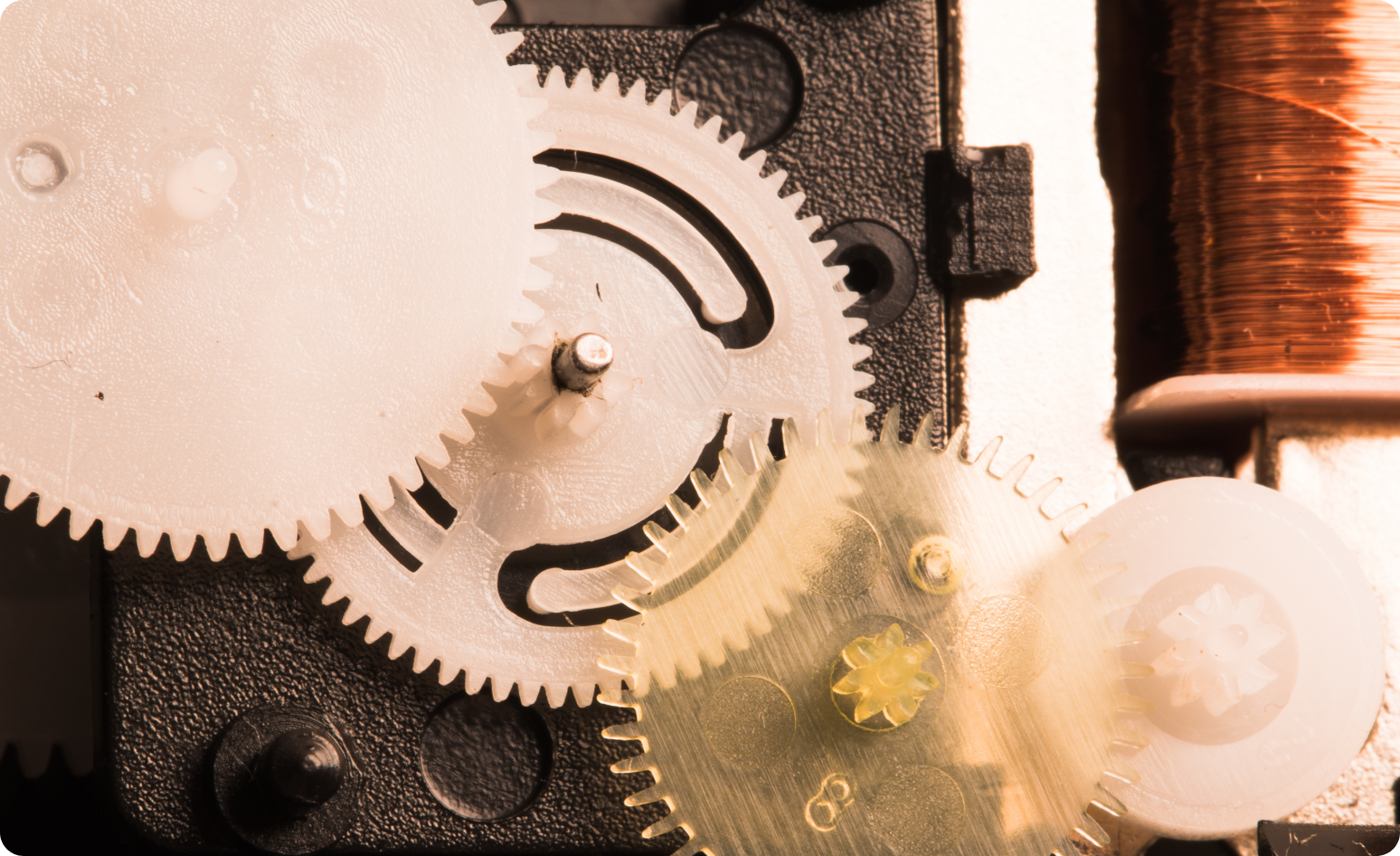
It’s important to note that when you receive your tide clock, it will not yet be running. Due to the large number of ports and beaches listed, our team cannot calibrate each clock individually in our workshop.
To get your tide clock up and running, simply insert a AA battery and set the time according to the tide schedule for your chosen location. For more detailed instructions on how to set your clock, please refer to our dedicated section: How to Set a Tide Clock.
Once your clock is running, all you need to do is follow the position of the hand on the dial to know the current state of the tide. Note that the hand moves clockwise, making it easier to read tidal information.
If you want to learn how to read a tide clock dial, we offer a one-minute explanatory video that will guide you step-by-step. This video is a great resource to quickly understand how your tide clock works and to get the most out of it.
VIDEO: 1-MINUTE EXPLANATION

Where Does a Tide Clock Work?
Do you love our creations and wonder if the Ocean Clock tide clock can work at your place? The good news is that these hand-assembled clocks are designed to operate in various locations—even if you don’t live by the sea. All you need to do is insert a simple battery to get the clock running.
However, it’s important to note that this clock isn’t suitable for all oceans and seas around the world. Once set, it can only indicate tide times accurately in areas where tides are regular, particularly semi-diurnal tides. This means there are two high tides and two low tides with relatively similar amplitudes within 24 hours and 50 minutes.
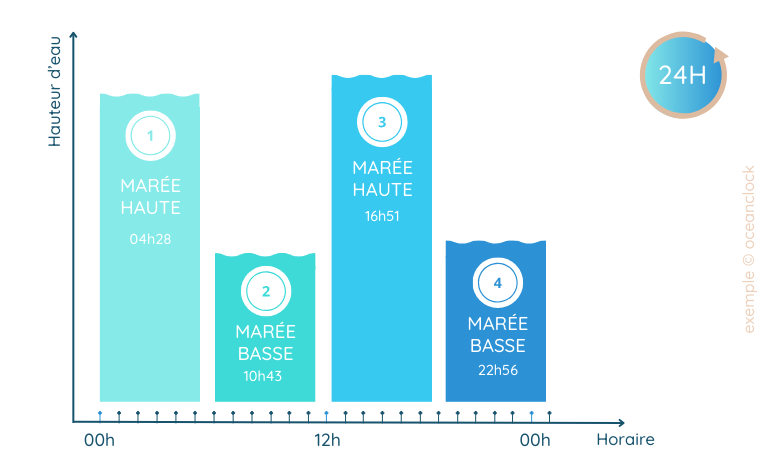
To help you understand where tide clocks work best, we have created a map of the world regions where tides are semi-diurnal, making them suitable for our clocks.
For example, on the Atlantic coast, the tide clock is particularly effective. In Europe, it can accurately indicate the tide status along the Atlantic coast, from southern Spain up to the border between Germany and Denmark. Additionally, it works well along the entire coastlines of the United Kingdom and Ireland.
Beyond Europe, our tide clocks are also suitable for other parts of the world. They function along nearly the entire East Coast of the United States, much of the African coastline, certain regions of Australia, and across all coasts of New Zealand.
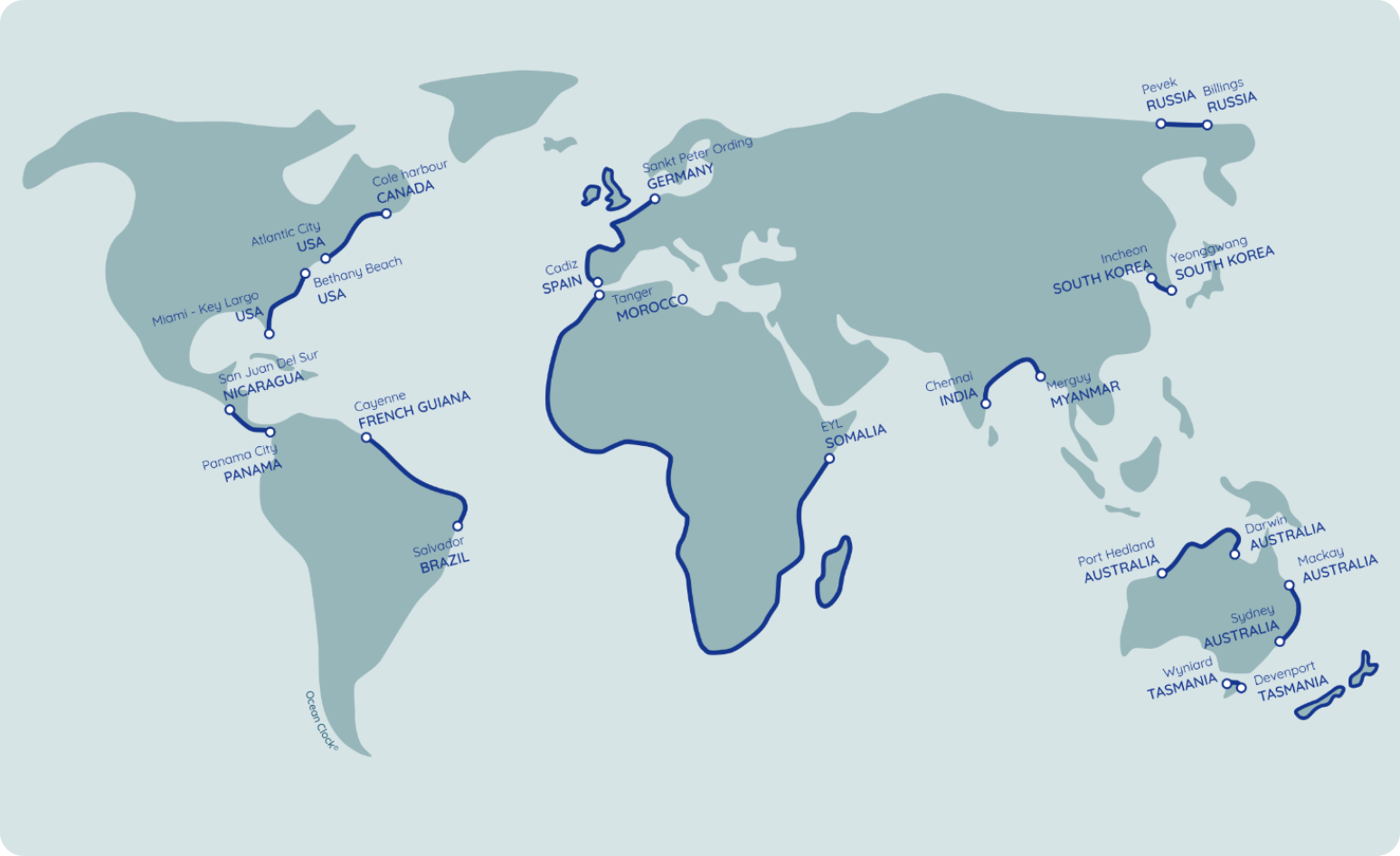
To check if a tide clock is suitable for your location, we recommend consulting the website Tides Chart, which provides information on high and low tide water levels. Using its graphs, you can quickly determine whether the tides near you are semi-diurnal.
It’s also helpful to compare a location where a tide clock works well with one where it is not suitable. For example, some areas experience very weak tides or almost no water level variations, making the use of a tide clock less relevant.
On the other hand, it is important to note that tide clocks are not recommended for seas like the Mediterranean or the Baltic Sea. These seas have very minimal water level changes, and in some areas, there is virtually no variation. Therefore, the usefulness of a tide clock for these coastlines is questionable.
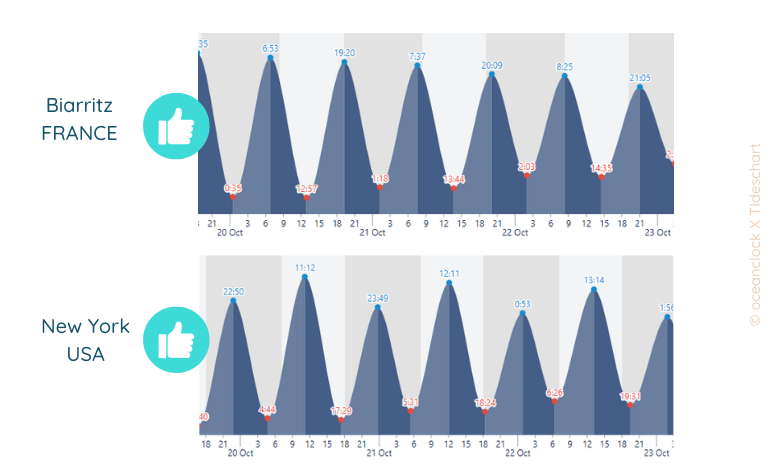
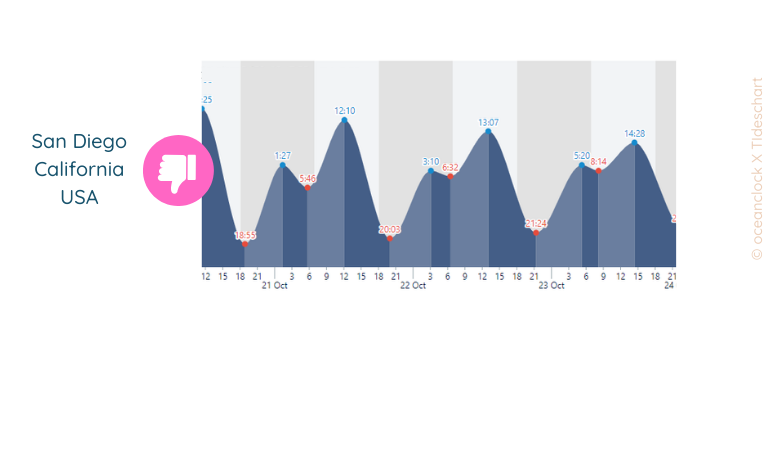
Things to Keep in Mind
While the Ocean Clock tide clock provides valuable insight into tidal cycles, it’s important to note that it is not as precise as a dedicated tide calendar. On average, the clock may drift by about 15 minutes over the course of a year.
However, this variation still allows for sufficiently reliable readings, making it a useful tool for those who want to track tides in semi-diurnal tidal areas.
So, although the tide clock cannot replace the accuracy of a specialized tide calendar, it remains an excellent companion for sea lovers and water sports enthusiasts, offering a practical approximation of tide times while adding a decorative touch to your home.












